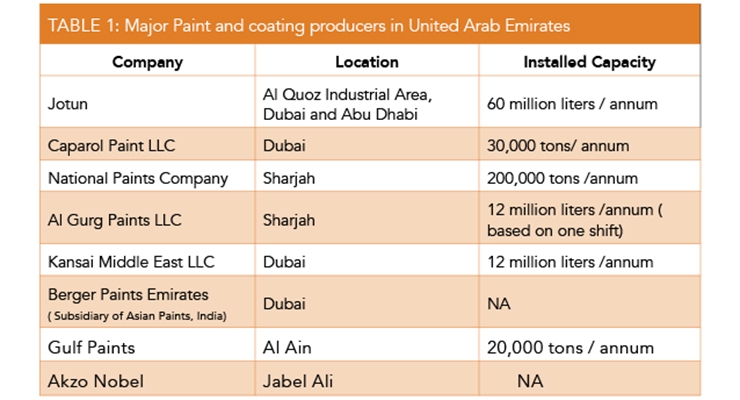Explore The Function Of Seasonal Consider The Success Of Business Outside Painting And Uncover The Best Times To Protect Long-Term Results For Your Job
Explore The Function Of Seasonal Consider The Success Of Business Outside Painting And Uncover The Best Times To Protect Long-Term Results For Your Job
Blog Article
Write-Up By-Carlson Browne
When you're preparing an industrial external paint job, seasonal factors can make or damage your results. You'll want to take into consideration exactly how temperature level and humidity impact paint application and drying times. Picking the ideal season can guarantee your paint sticks correctly and lasts longer. Yet which seasons are absolutely the best for this sort of work? Allow's discover the crucial elements that can affect your project's success.
The Effect of Temperature on Paint Application
When you're planning a commercial exterior painting job, the temperature can considerably impact just how well the paint adheres and dries out.
Ideally, you want to repaint when temperatures range in between 50 ° F and 85 ° F. If it's too chilly, the paint may not cure properly, causing concerns like peeling off or splitting.
On the other hand, if it's also warm, the paint can dry out too rapidly, preventing appropriate attachment and causing an unequal finish.
You need to additionally take into consideration the moment of day; early morning or late afternoon provides cooler temperatures, which can be much more favorable.
Always examine painting minneapolis mn for the specific paint you're using, as they typically provide guidance on the suitable temperature level range for optimum results.
Humidity and Its Effect on Drying Times
Temperature isn't the only ecological element that affects your industrial outside painting job; humidity plays a considerable duty too. High moisture degrees can slow down drying times drastically, influencing the total top quality of your paint work.
When the air is filled with moisture, the paint takes longer to heal, which can bring about concerns like poor bond and a greater risk of mildew development. If you're painting on a specifically damp day, be gotten ready for extensive delay times between coats.
It's essential to keep an eye on local climate condition and strategy accordingly. Preferably, go for moisture degrees in between 40% and 70% for ideal drying out.
Keeping these factors in mind guarantees your project stays on track and provides a lasting surface.
Best Seasons for Commercial Outside Painting Projects
What's the best season for your industrial outside paint projects?
Spring and early loss are normally your best options. During these seasons, temperature levels are light, and humidity levels are often reduced, producing perfect problems for paint application and drying.
Avoid summer's intense heat, which can trigger paint to completely dry as well promptly, resulting in inadequate adhesion and coating. Similarly, winter months's cold temperatures can prevent proper drying out and treating, risking the durability of your paint job.
Go for days with temperature levels in between 50 ° F and 85 ° F for optimum outcomes. Bear in mind to check the local weather prediction for rain, as damp problems can destroy your task.
Planning around these factors ensures your painting task runs smoothly and lasts much longer.
Final thought
To conclude, intending your commercial outside painting tasks around seasonal factors to consider can make a considerable distinction in the end result. By mouse click the following website page during the suitable temperature levels and humidity degrees, you'll ensure much better attachment and drying out times. Remember to keep an eye on regional weather forecasts and select the correct time of year-- spring and very early fall are your best choices. Taking these steps will help you accomplish a resilient and specialist finish that lasts.
